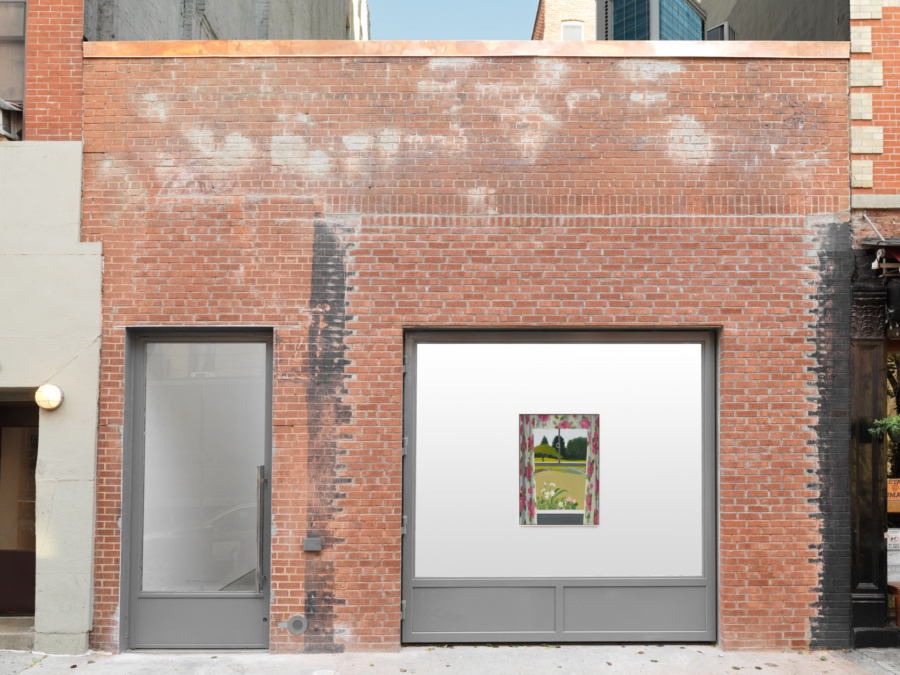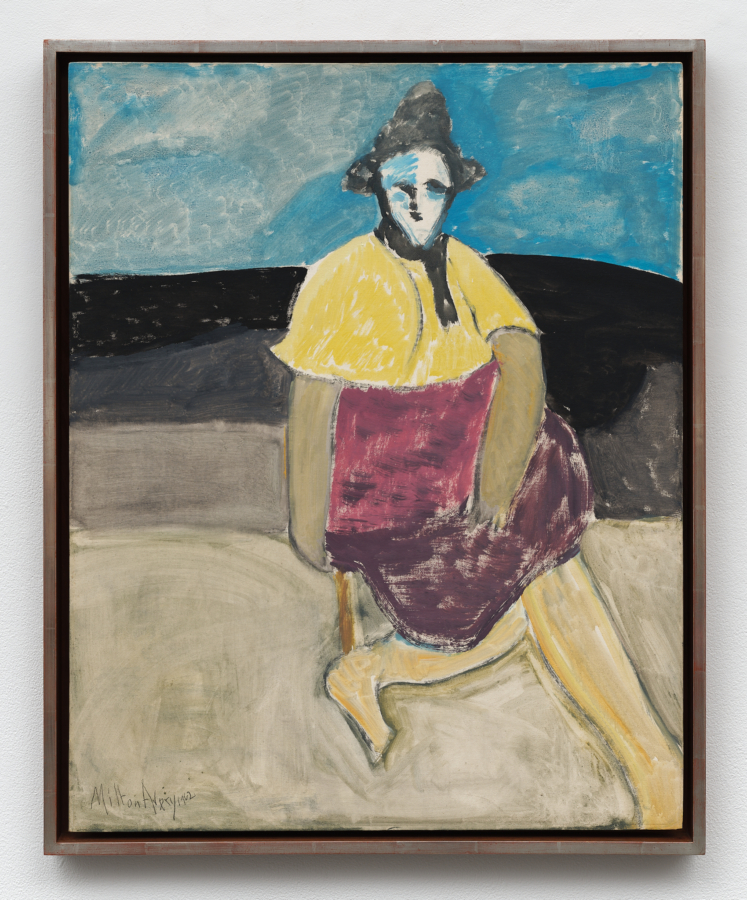February 14, 2020
Thaddeus Mosley, published by Karma, New York, 2020.
Download as PDF
Thaddeus Mosley is available here
There is something positively antediluvian about Thaddeus Mosley’s subterranean studio located in the cavernous, low-ceilinged, basement of a warehouse in an industrial park in Pittsburgh. Densely packed with art, tools, and raw material—including whole trees and other salvaged stuff—the space also seems to characterize the city itself, the rivers and forests of a primordial past, the continuous waves of migration and industry. A little damp, the space is dimly lit, except for an area staked out by sawhorses and fresh sawdust—an arena of action. Working primarily in wood, using hand-tools, joinery, and gravity, Mosley makes abstract sculptures that stand, bend, balance, reach, and extend in space. The air is filled with music; besides making art, listening to jazz is Mosley’s other daily practice.

“As a child, I would walk across a field and see my father, who was a coal miner, come up from out of a hole in the ground. And that was enough for me,” says Mosley—putting a Western Pennsylvania spin on Gordon Park’s iconic photograph Emerging Man, Harlem, New York (1952). Mosley earned a degree in journalism, worked as a postal clerk, and is self-taught as a sculptor. In an early unpublished statement, he described his work as having less to do with art-making per se and more about a process of “exploration and discovery” and “what I learn about myself as a black man and an individual.” Another thing to know about Mosley, who turns 94 this year, and is powerfully built and going strong, is that he is not a tall man. He notes that upon meeting the similarly statured Isamu Noguchi—whose art’s human scale and handcrafted modernism inspired Mosley to pick up a chisel and start carving in the first place—that “we immediately saw eye-to-eye.”
You can see Mosley at work in his studio in an old television episode of Mister Rogers’ Neighborhood or, more recently online, in a video produced by the Carnegie Museum of Art in conjunction with the 2018 Carnegie International. As curator of this most recent iteration of America’s oldest survey of contemporary art from around the world, my first studio visit in Pittsburgh was with the locally renowned sculptor
Thaddeus Mosley. Three years and many studio visits later, an installation of twenty sculptures, spanning four decades, occupied a massive platform at the entrance to the International. For both those who were familiar and those who were new to Mosley’s work, it made for an arresting start—one that evolved curatorially from a cat’s cradle of connections to be made between the local and the international, between indoors and out, between the many generations of contemporary artists in the exhibition, between the institutionalization of art and the curatorial work of art history, between the museum and the city.
I also like to see the presence of Mosley’s sculptures in the 2018 International as pointing ahead to future exhibitions, such as this one, and to veins of research that will enrich the present field. What, for instance, is the story of the Watt Lane Art Club that Mosley cofounded in the late 1950s? How does it factor into the larger culture and legacies of the Hill District neighborhood made famous by August Wilson’s “Pittsburgh Cycle” of plays and by a legendary music scene? It was at the Crawford Grill that Mosley first heard Ornette Coleman perform in 1960; he said of the experience: “No one demanded more attention than Ornette did.” Likewise, I would say: pay attention to Mosley’s art, listen to the beat of the chisel that plays across its surfaces, feel the lift of forms reaching to transcend, and see where this looking leads.
Published on the occasion of
Thaddeus Mosley
February 29 – April 26, 2020
Karma
188 East 2nd Street
New York, NY 10009
Published by
Karma Books, New York
Edition of 1,000



